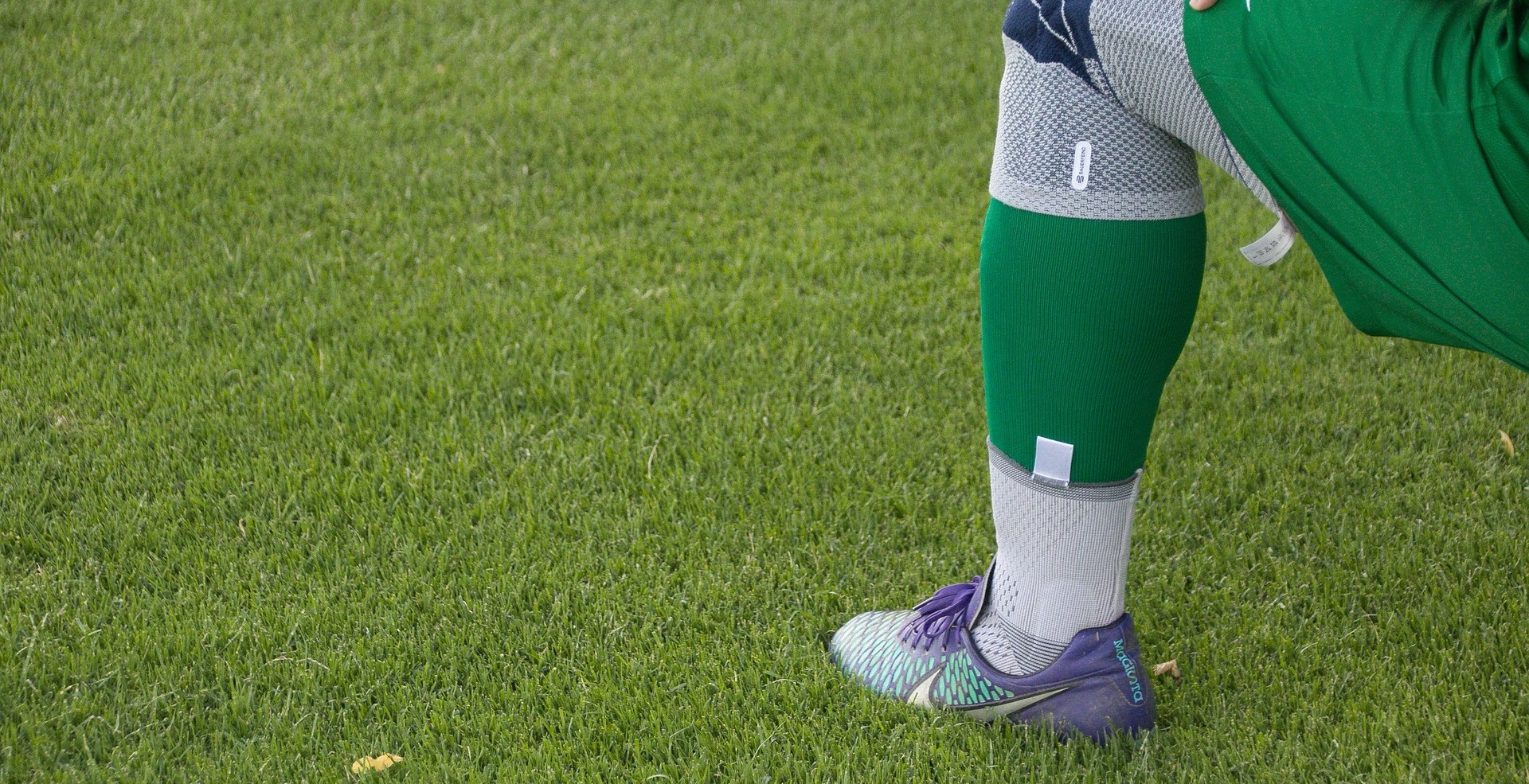Knee Pain Solutions for Marathon Runners: Strengthening, Form, and Expert Advice
Posted on 4th October 2023 at 00:38
Written by: Mr Arjuna Imbuldeniya
Running a marathon is a significant achievement that requires dedication, training, and proper preparation. However, the journey to marathon glory can be fraught with challenges, with one common adversary being knee pain. As runners push their limits, they often encounter knee issues such as patellofemoral pain syndrome, IT band friction syndrome, and runner's knee.
To help you overcome these hurdles, The West London Knee and Hip Clinic has put together this comprehensive guide on knee pain training for marathons. We'll explore the importance of strengthening key muscle groups, optimising your running form, and seeking professional guidance to ensure your knees stay healthy and strong throughout your marathon training journey.
Understanding Knee Pain in Marathon Running
Knee pain is a prevalent concern among marathon runners, and it can manifest in various forms. Let's delve into some of the most common knee conditions runners encounter:
Patellofemoral Pain Syndrome (PFPS): PFPS, often referred to as runner's knee, is characterised by pain around or behind the kneecap which is at the front of your knee. It's typically caused by factors such as muscle imbalances, poor running form, or overuse of the knee joint. You might experience knee cracking, clicking or pain going up or down stairs, hills and inclines.
Iliotibial (IT) Band Syndrome: IT band syndrome occurs when the iliotibial band, a thick connective tissue running along the outer thigh, becomes inflamed or irritated. This can lead to sharp pain on the outer side of the knee and sometimes mild swelling.
Quadriceps Muscle Strain: Overloading the quadriceps muscles at the front of the thigh can result in muscle strains and subsequent knee pain.
Medial tibial stress syndrome: Also known as shin splints is pain at the upperpart of your shin bone ,often on the inner (medial) aspect. It is associated with flat feet (pes planus) and improper or worn out running shoes.

Addressing Knee Pain: Strengthening the Muscles
Strengthening the muscles around the knee joint is a fundamental strategy for managing knee pain during marathon training. Stronger muscles provide better support and stability to the knee, reducing the risk of injury. Here are some effective exercises to target key muscle groups:
Quadriceps Strengthening: Your quadriceps muscles play a pivotal role in knee stability. Incorporate exercises like squats, leg presses, and lunges into your training routine. Begin with bodyweight exercises and gradually increase resistance as you progress.
Hamstring Curls: Hamstring muscles are often overlooked during strength and conditioning work but are key for extending your hips and flexing your knees during running, mainly during the late swing phase of you gait. Hamstring curls with good form can be a good way to help them cope with the extra miles during training.
Hip Abduction (Gluteus medius)Exercises: Weak hip abductors can contribute to knee pain. Add exercises like clamshells, side leg lifts, and hip bridges to your regimen to strengthen these muscles.
Straight Leg Raises: Lie on your back and raise one leg straight up while keeping the knee extended. This exercise effectively targets the quadriceps and helps build strength around the knee joint.
External Rotators: Strengthening the external rotators of the hip can improve hip stability, which, in turn, supports the knee joint. Try exercises like the "fire hydrant" and standing leg lifts to work on these muscles.
Single-Leg Exercises: Single-leg exercises, such as single-leg squats or step-ups, can help identify and address muscle imbalances between the legs. Focus on maintaining proper form and balance throughout these exercises.
Optimising Running Form and Technique
In addition to muscle strengthening, refining your running form and technique can significantly reduce the risk of knee pain during marathon training. Consider the following factors:
Gait Analysis: Professional gait analysis can be invaluable in identifying any abnormalities or imbalances in your running stride. It offers insights into the root causes of knee pain and provides guidance on how to address them.
Running Shoes: Choosing the right running shoes that offer adequate cushioning and support is crucial in preventing knee pain. Consult with experts at a specialised running store or a podiatrist to find the ideal shoes for your gait and foot type.
Gradual Progression: Avoid overtraining and sudden mileage increases. Gradually build up your mileage and intensity to allow your body to adapt, reducing the risk of overuse injuries.
Running Surface: Be mindful of the surfaces you run on. Softer surfaces like grass or trails are easier on your knees compared to hard pavement. Whenever possible, vary your running terrain to minimise repetitive stress on your joints.
Stride Length and Cadence: Focus on maintaining a consistent stride length and cadence. Shorter, quicker strides often reduce the impact on your knees compared to long, forceful strides.
Knee Braces: In some cases, wearing knee braces or supports can provide additional stability and alleviate knee pain. Consult with a physical therapist or sports medicine specialist to determine if this is a suitable option for you.
Seeking Professional Guidance
When dealing with persistent or severe knee pain, it's essential to consult with medically qualified healthcare professionals who specialise in orthopaedic hip, knee or foot or sports medicine, or qualified chartered sports physiotherapists. Here's how they can assist you:
Physical Therapy: A physiotherapist can design a customised rehabilitation program that includes exercises to improve strength and endurance, stretches, and manual therapy to address muscle imbalances and improve knee joint function.
Taping and Bracing: Your physiotherapist may use taping techniques or recommend knee braces to provide extra support during training and racing.
Manual Therapy: Hands-on techniques like massage, joint mobilisation, and myofascial release can help alleviate muscle tightness and reduce pain. These can be provided by a sports massage rehabilitator, physiotherapist or sports massage practitioner.
Education: A physical therapist or a running coach can educate you on proper running mechanics, body positioning, and strategies to prevent future knee injuries.
Long-Term Management: An orthopaedic knee and hip specialist surgeon can discuss your symptoms, examine you, organise detailed MRI scans, ultrasound scans and other imaging along with blood tests to check for important vitamin and mineral levels along with bone health. An effective treatment plan should focus on not only relieving current pain but also preventing future knee issues. Your specialist can provide guidance on long-term strategies to keep your knees healthy, offering non surgical treatments liasing with the practitioners mentioned above or consider medical options such as injecton therapy in the form of cortisone, hyaluronic acid, PRP or Arthrosamid.
Sometimes minor surgery might be needed in the form of keyhole knee surgery (arthroscopy) where damaged structures inside your knee are repaired to help you get back to marathon training.
Knee pain should not stand in the way of your marathon aspirations. By incorporating targeted strength training, optimising your running form, and seeking professional guidance when necessary, you can overcome knee pain and continue your marathon training journey. Remember that patience and consistency are key, and addressing knee pain early can lead to a successful and pain-free long-term running experience.
Lace up your running shoes, take care of your knees, and pursue your marathon dreams with confidence. If you require expert guidance and support for your knee pain, The West London Knee and Hip Clinic is here to assist you on your journey to a pain-free marathon experience.
Share this post:



